How tension causes hair loss
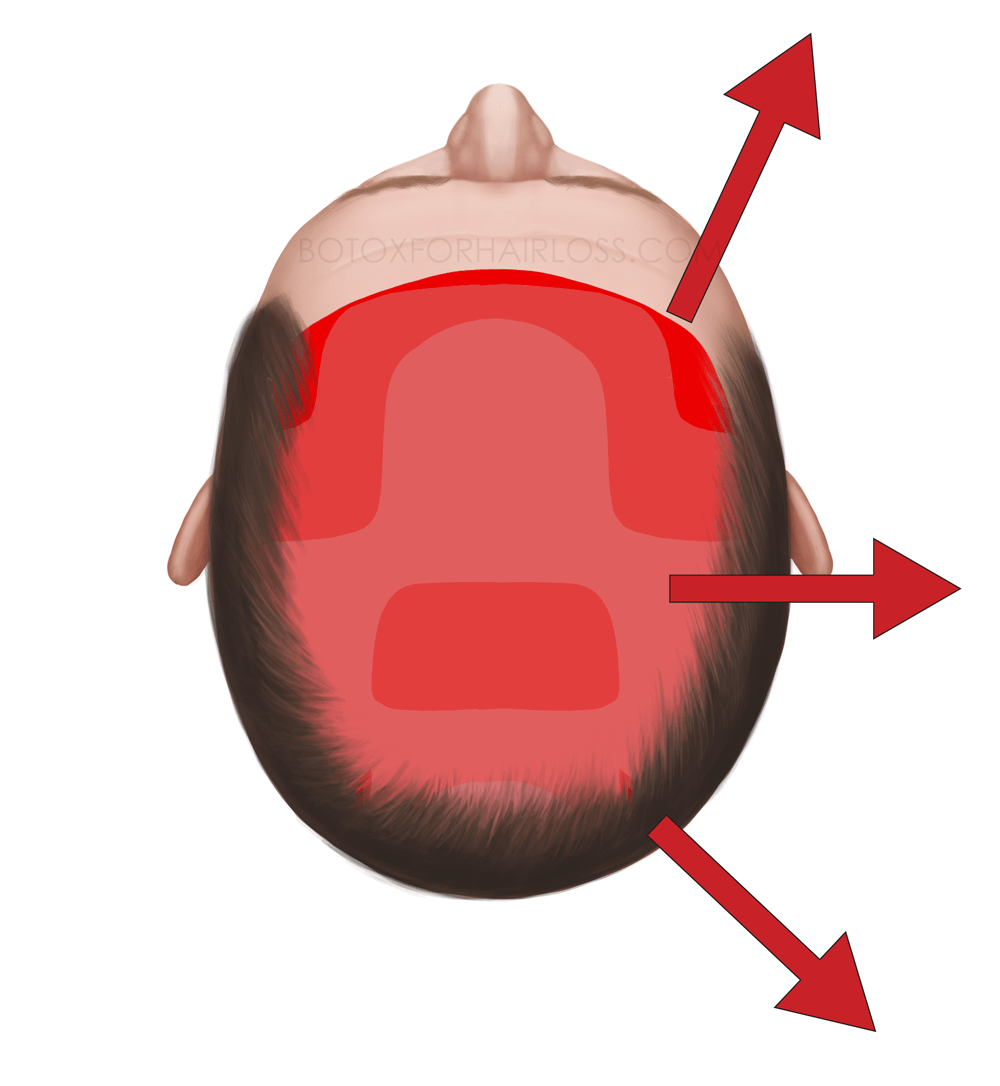
1It starts with chronic scalp tension
Through mechanisms not fully understood (genetics surely play a role), the muscles around the scalp including the frontal, temporal, and occipital groups, pull on the galea aponeurotica, a layer of dense fibrous tissue that sits on top of the skull and connects all those muscles together.
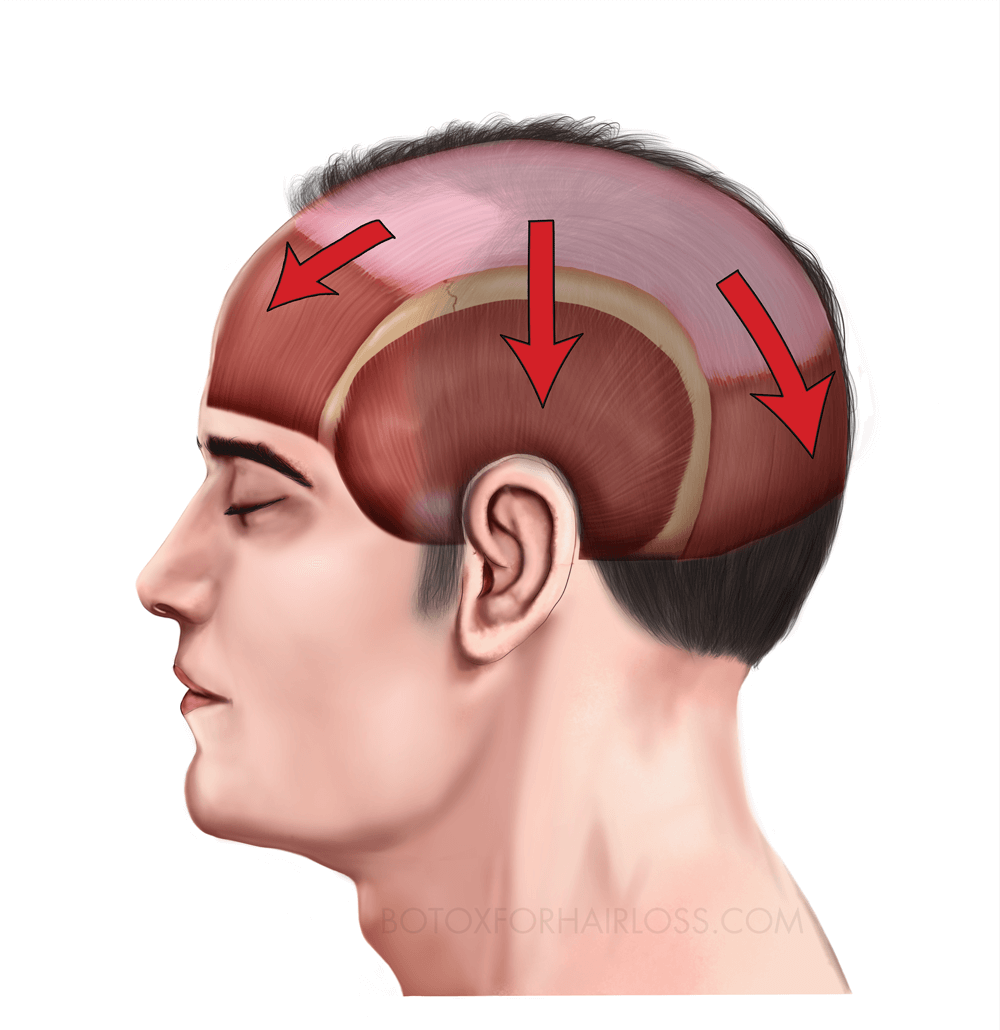
2Chronic tension causes chronic inflammation
The constant strain on the galea aponeurotica is a form of inflammation, or at least the body perceives it that way.
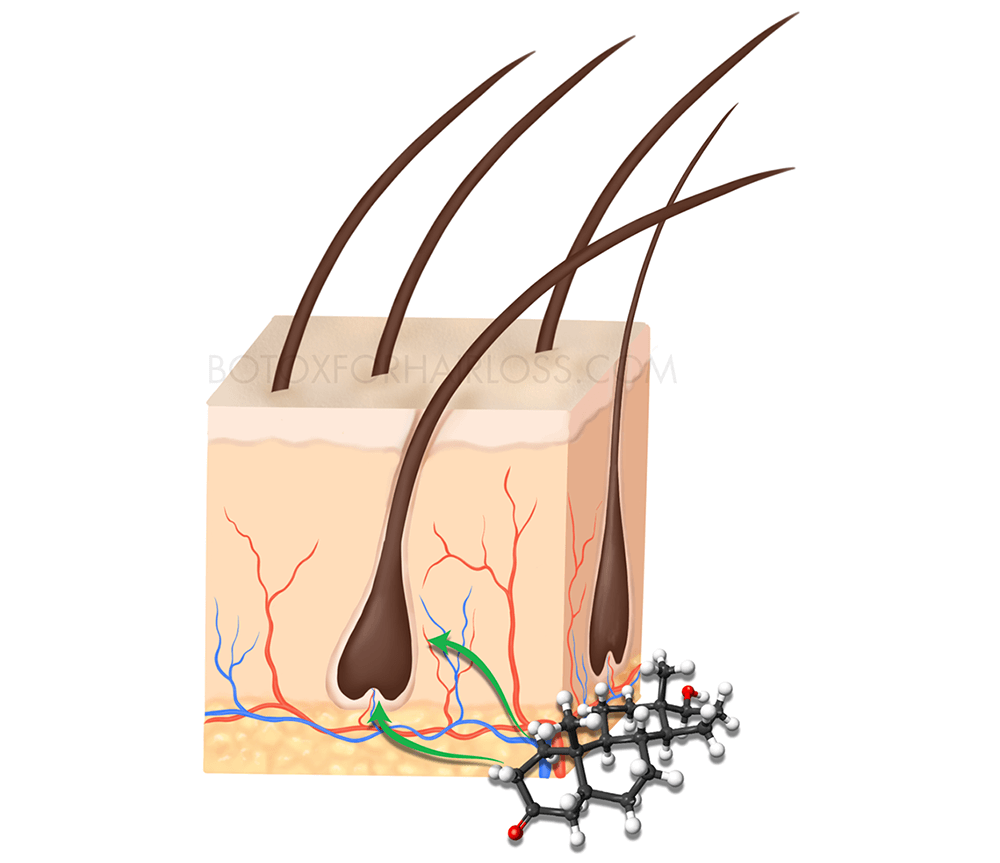
3DHT is sent to combat the inflammation
The body responds to the chronic strain on the galea aponeurotica by releasing the male hormone, dihydrotestosterone (DHT) in the affected region.
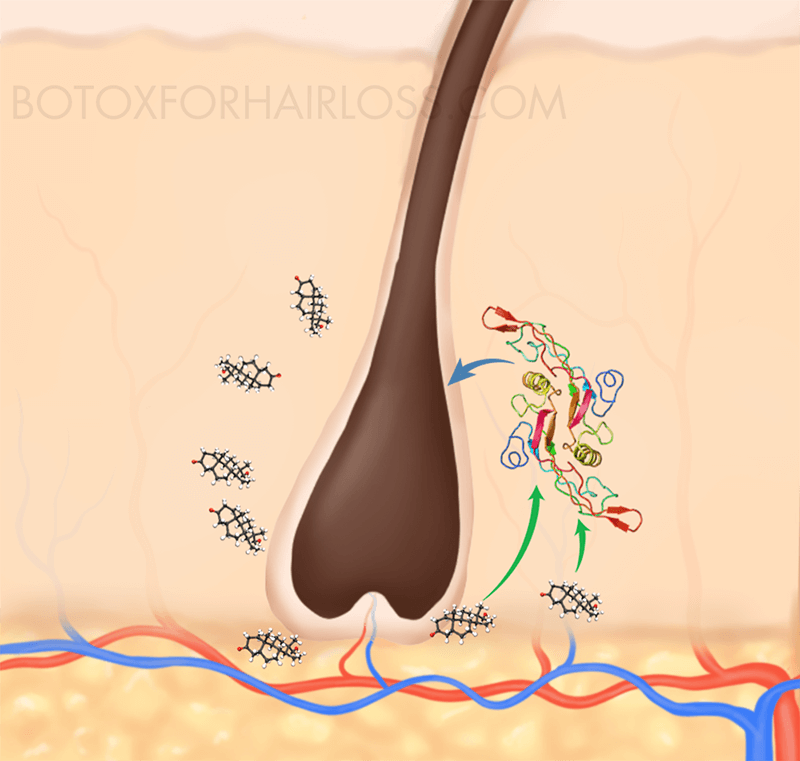
4DHT causes the release of TGF-β1
The protein knows as Transforming Growth Factor Beta 1 (TGF- β1) is shown to be released in response to the presence of DHT when found in the scalp (but not other regions, such as the beard). In other words, more DHT leads to more TGF- β1.
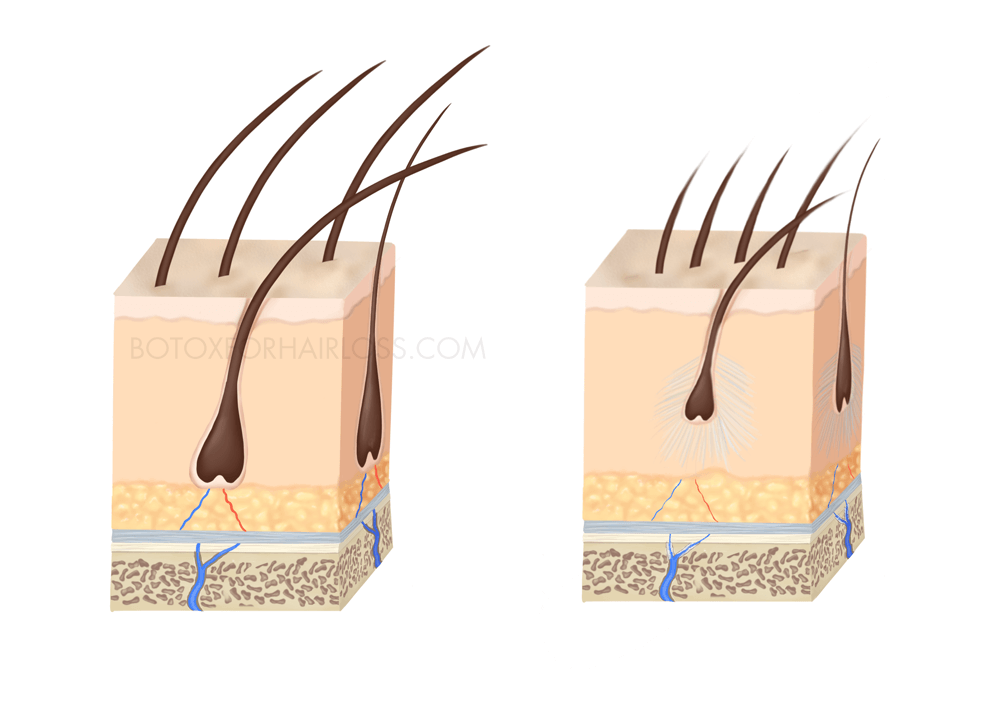
5TGF- β1 causes scalp fibrosis and skull calcification, which choke off your hair follicles
TGF-β1 is known to produce fibrosis, or scarring. This is an overproduction of disorganized collagen rather than complexly layered and elastic healthy skin. Fibrosis around hair follicles will choke off their blood supply and narrow the opening of the follicle, making it harder for the hair to grow.
TGF-β1 also can produce calcification, meaning an excess of calcium in tissue. Normally, the skull has many small pores through which blood vessels run to supply your hair follicles. When the skull calcifies, those pores are closed off, further choking the blood supply to your hair.
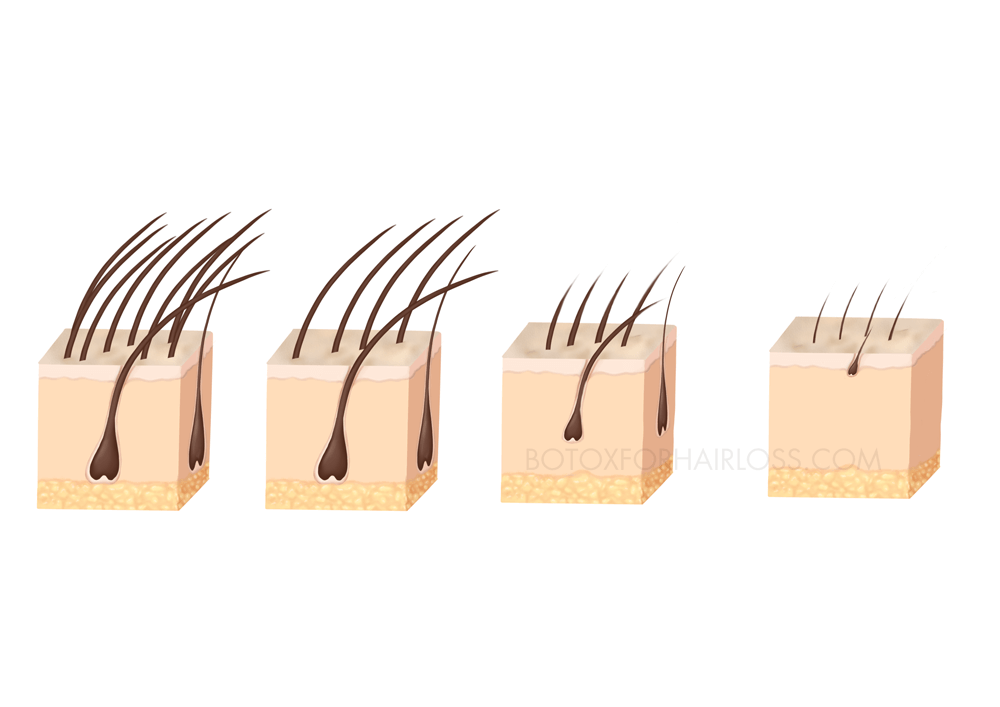
6Hair follicles, deprived of oxygen from blood, begin to die off
Your hair depends on a supply of oxygen, delivered by blood, to grow. Over time, as the follicle goes without oxygen, it begins to shrink and ultimately becomes too small to support a hair growing from it.
